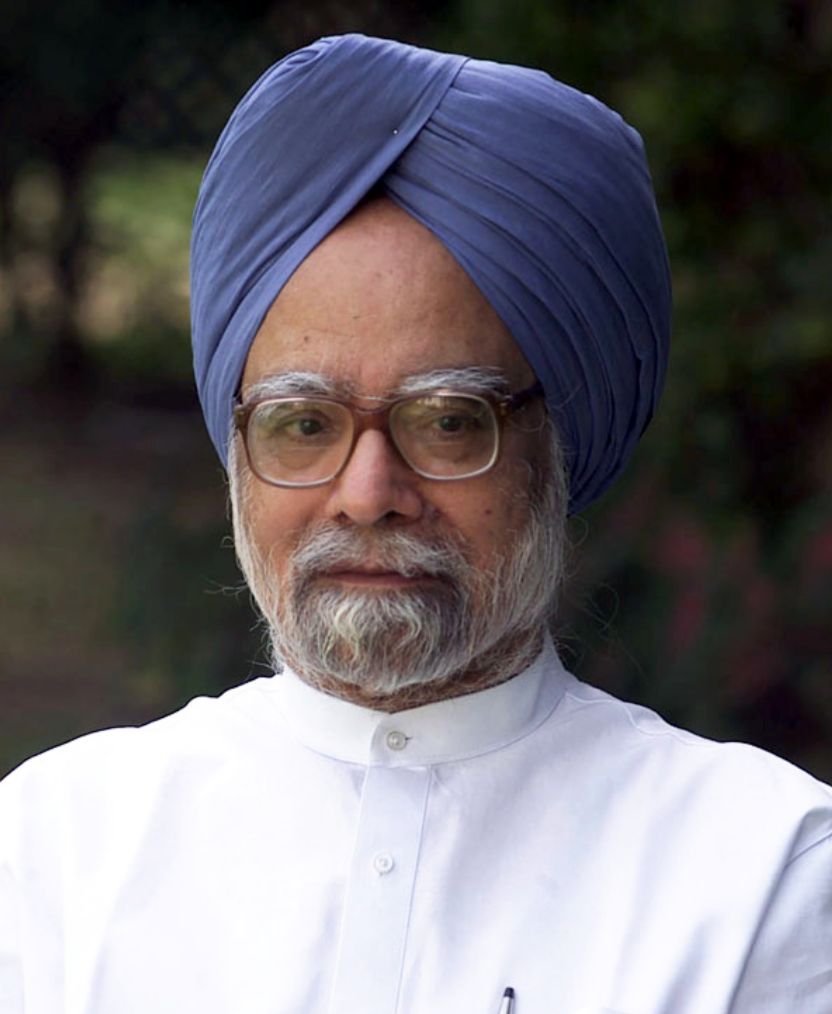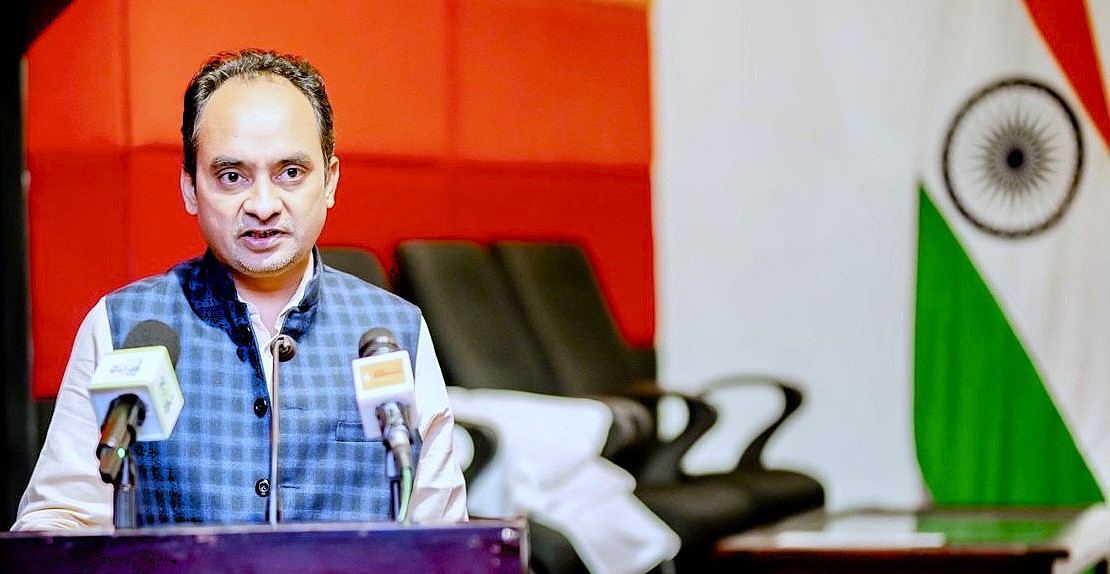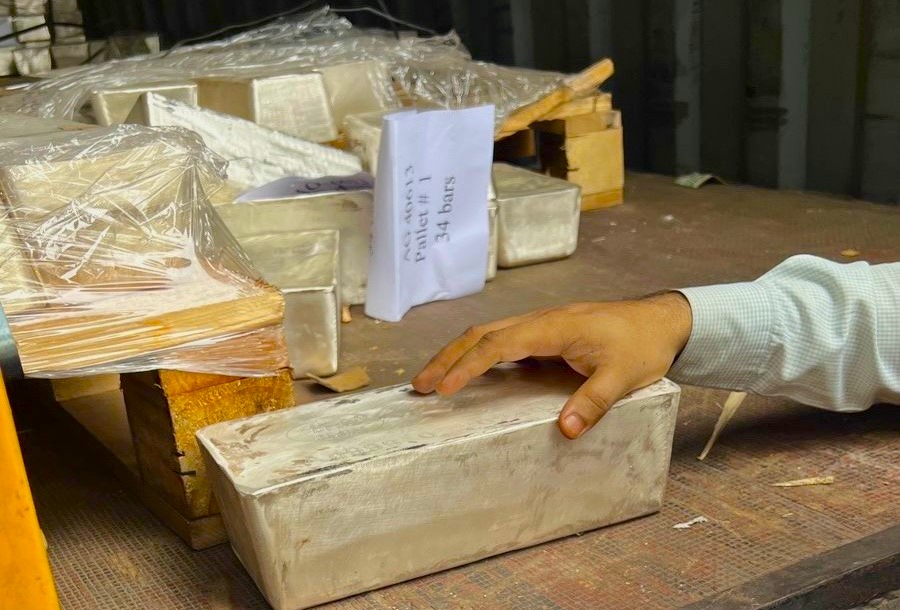By Surjit Sahani
On December 26, 2024, India mourned the loss of Dr. Manmohan Singh, a towering figure who profoundly shaped the nation’s destiny. At 92, the distinguished economist, statesman, and two-term Prime Minister left behind a legacy that transcends politics—one built on economic transformation, unwavering integrity, and inclusive development.
Early Life and Academic Excellence
Born on September 26, 1932, in Gah, Punjab (now in Pakistan), Singh’s early life was marked by both challenge and perseverance. The partition of India in 1947 forced his family to relocate to Amritsar, an experience that deepened his understanding of displacement and hardship. Despite these obstacles, his academic brilliance shone through. He excelled at Punjab University before earning prestigious degrees from the University of Cambridge and Oxford’s Nuffield College, where his doctoral work on international trade established him as a distinguished economist.
Architect of India’s Economic Renaissance
Singh’s defining moment came during India’s 1991 economic crisis. As Finance Minister under P.V. Narasimha Rao’s government, he orchestrated a series of bold reforms that pulled India back from the brink of economic collapse. His dismantling of the restrictive “License Raj,” liberalization of foreign investment policies, and strategic currency devaluation unleashed India’s economic potential. These reforms didn’t merely avert disaster—they laid the foundation for India’s emergence as a global economic power.
A Transformative Prime Ministership
During his tenure as India’s 14th Prime Minister (2004-2014), Singh’s governance philosophy combined economic pragmatism with social justice. His administration introduced landmark initiatives including:
– The Mahatma Gandhi National Rural Employment Guarantee Act (MGNREGA), providing crucial employment security to rural households.
– The Right to Information Act, enhancing government transparency.
– The Right to Education Act, making education a fundamental right.
– The transformative US-India Civil Nuclear Agreement, marking a new chapter in international relations.
Under his leadership, India maintained an impressive average GDP growth rate exceeding 7%, while strengthening its position in global forums like the G20 and BRICS.
Character and Leadership Style
Singh’s leadership style defied conventional political wisdom. His quiet dignity, intellectual depth, and unimpeachable integrity set him apart in an era of populist politics. Though his second term faced challenges, including corruption allegations against coalition partners, his personal honesty remained beyond reproach. His oft-quoted words, “History will be kinder to me than the media of the day,” reflected both his resilience and foresight.
Global Impact and Final Farewell
The international outpouring of grief at Singh’s passing reflected his global stature. World leaders, including Prime Minister Narendra Modi and former US President Barack Obama, praised his visionary leadership and commitment to progress. Thousands gathered to pay their final respects, demonstrating the deep impact he had on ordinary citizens.
An Enduring Legacy
Dr. Manmohan Singh’s legacy extends beyond economic reforms and policy initiatives. He proved that effective leadership need not be flamboyant—that quiet competence, intellectual rigor, and unwavering integrity can transform nations. As India continues its journey of development, the principles he championed—inclusive growth, transparent governance, and dignified leadership—remain more relevant than ever.
His passing marks the end of an era, but his vision for a progressive, equitable India continues to inspire future generations. In Dr. Singh’s life and work, we find a blueprint for leadership that combines intellectual brilliance with humanitarian values—a legacy that will endure long after his departure.

Surjitt Sahani











